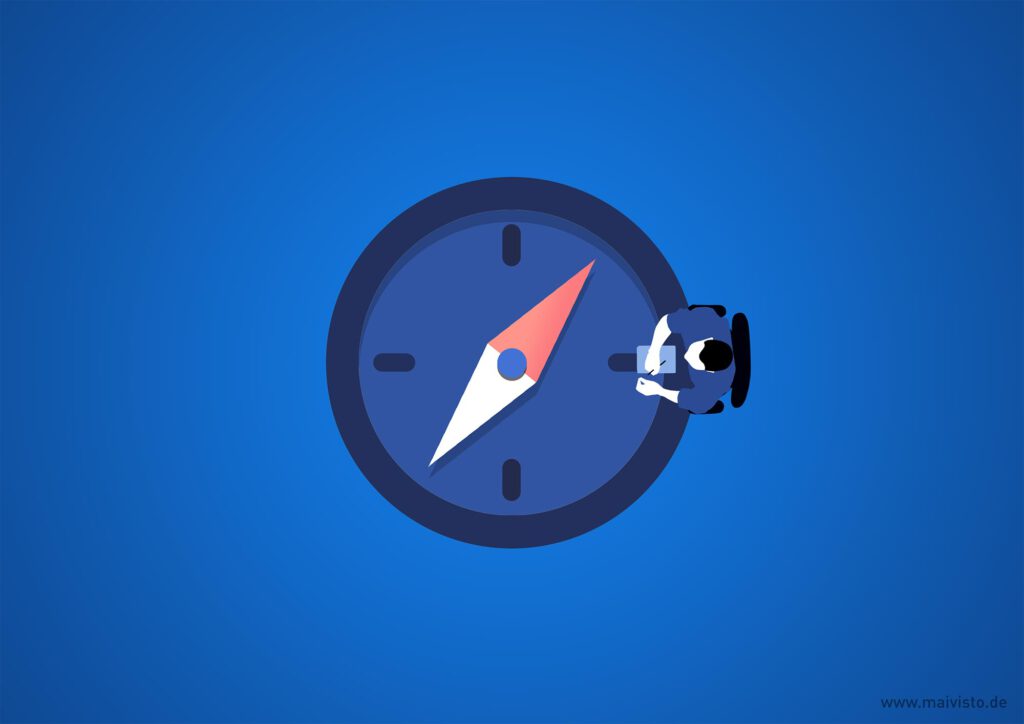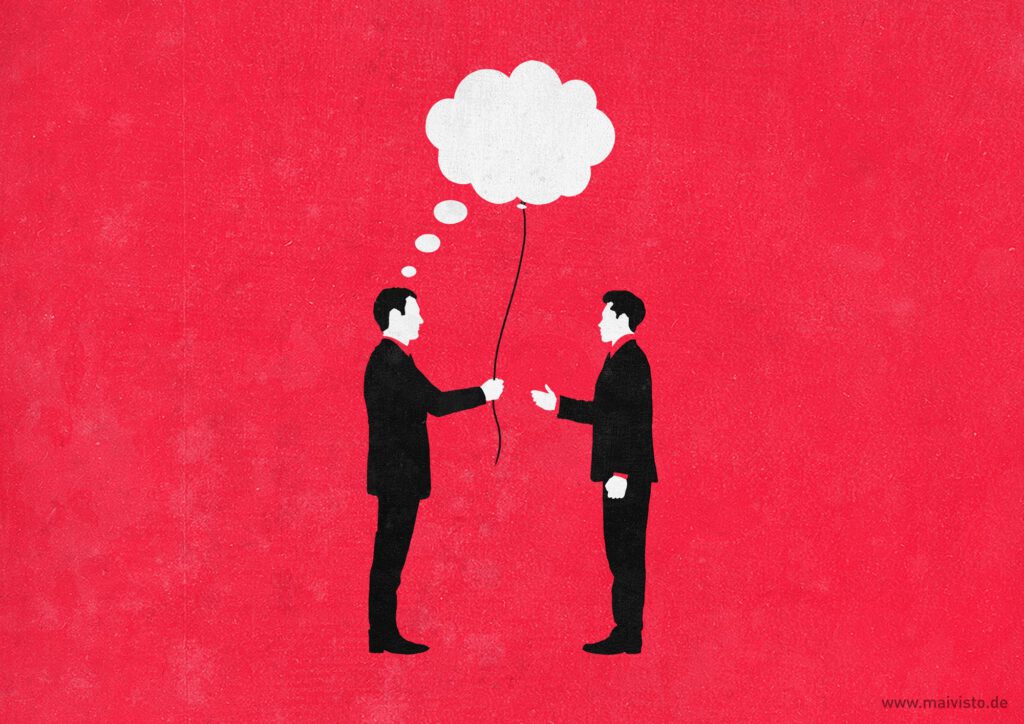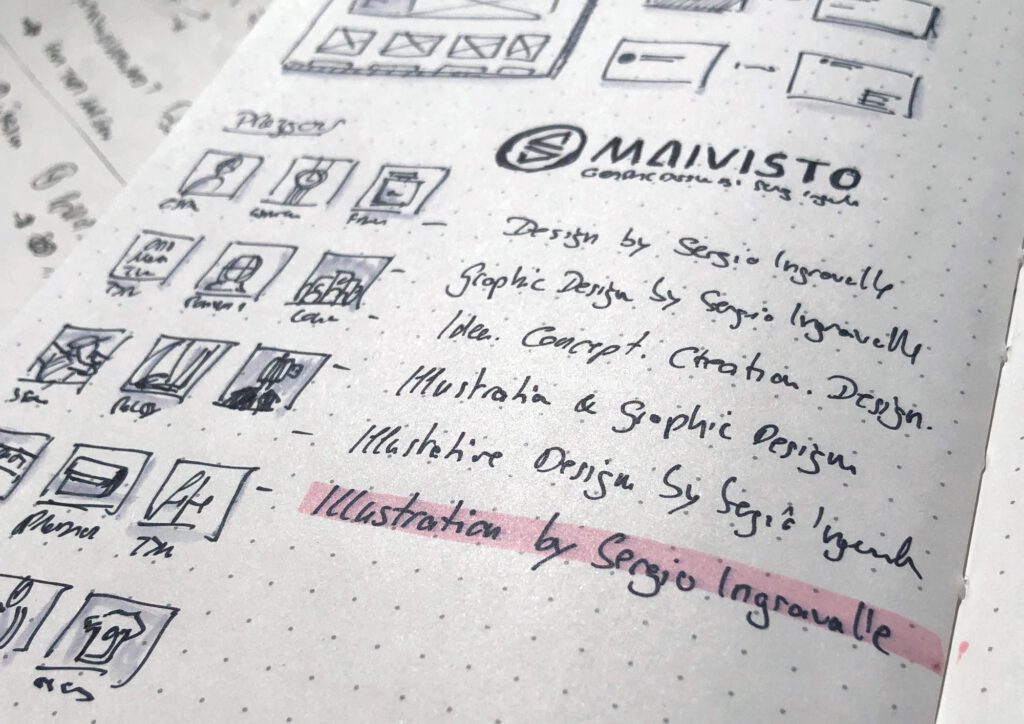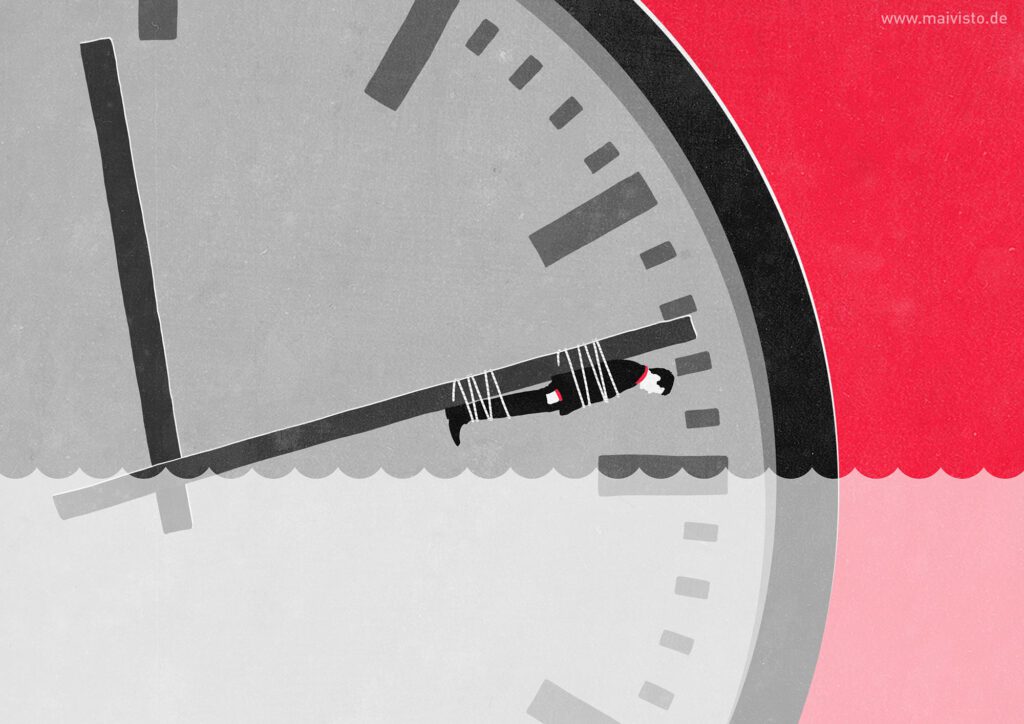In his book “The Art of Game Design,” Jesse Schell writes about this formula. I read it in my 20s when I was thinking about becoming a game designer. Even though I eventually took a different path, I often think of passages from the book, especially this formula.
Originally it came from the experiential design of roller coasters and thrill rides and is a trademark of Sotto Studios. Horror movies, survival games, and even harmless pranks that scare our friends are based on this simple formula. This brief thrill and adrenaline rush are usually followed by relieved laughter. I think this is because we feel very alive at that moment.
There are always situations that can make us sweat. Even as designers and freelancers, whether it’s before client presentations, harsh criticism of our work, or when we feel that tasks are overwhelming us. In those moments, I try to think of this formula. Despite the external “threat,” we are never at real risk of losing our lives.
It helps me to take things a little easier. Stage fright and the tingling in the stomach before a presentation are exciting emotions. If I can suppress the initial panic and flight instinct, I start to enjoy it. This formula helps me do that because I realize that there is nothing that can really harm me.



